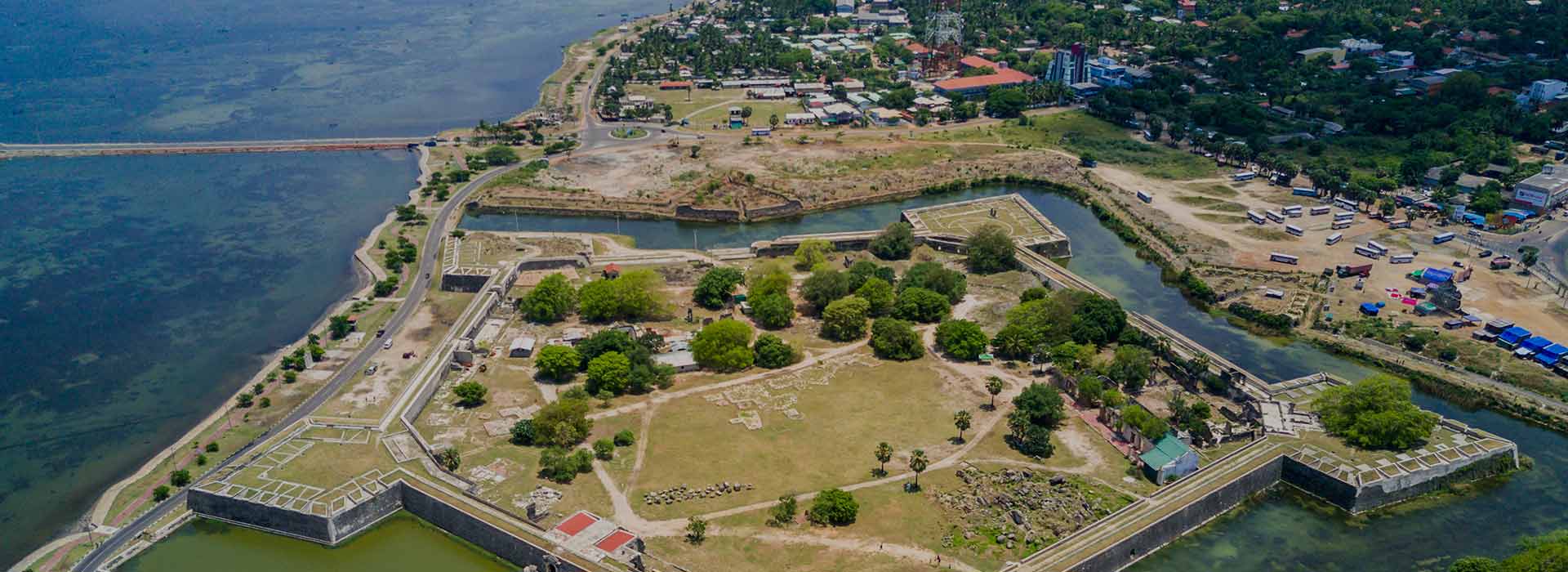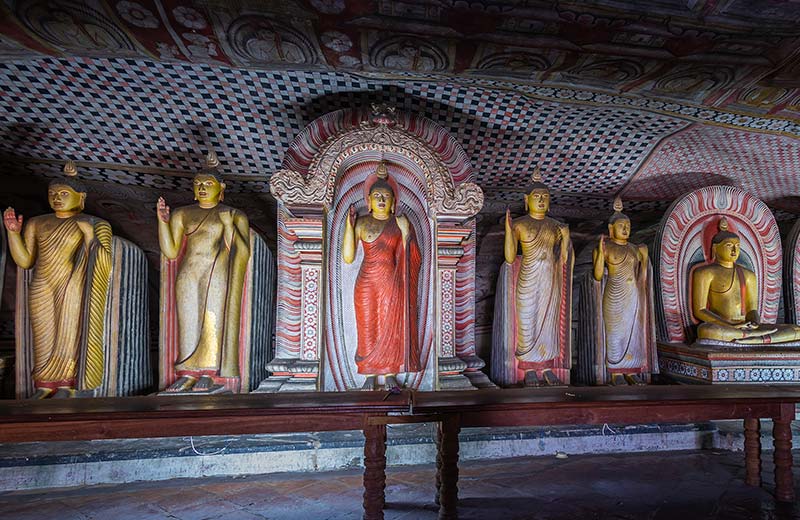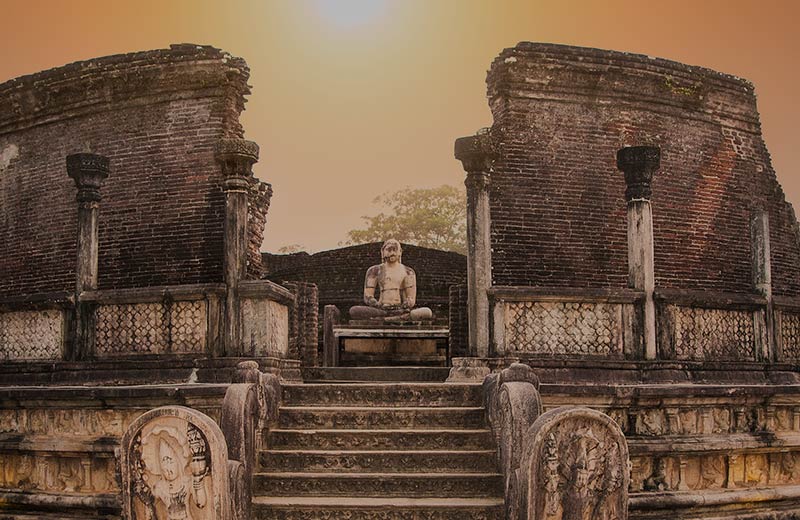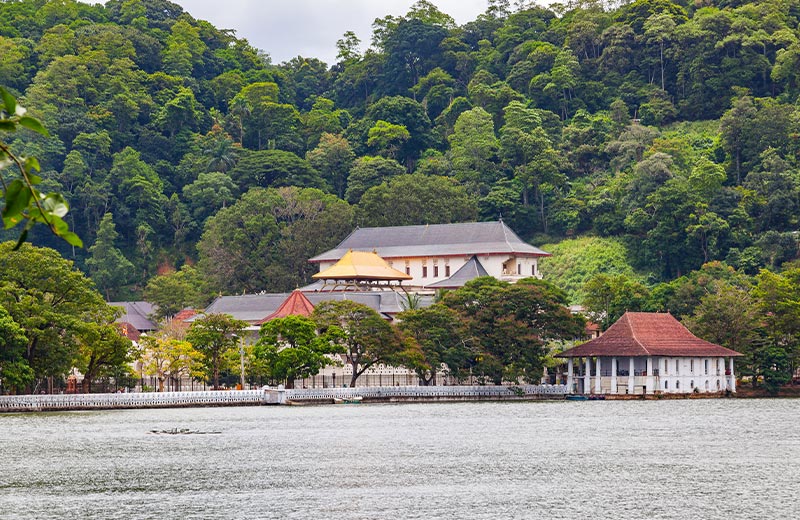Visit Every Ancient Fort In Sri Lanka
Back in the day where the island was ruled by several colonies from the west, Sri Lanka’ strategic location along the Silk Route made it a prime target for invasion. Over a period of 500 years, rule shifted from the local monarchy to Portuguese, Dutch and British hands. With each new invasion, forts sprung up along the coast in significant areas where the colonists could protect the island from others. From the popular Galle Fort to the lesser-known fort in Mannar, these important structures make for a great day of exploring through history, especially when you’re travelling with your closest pals.
Galle Fort
Galle Fort is the most popular in Sri Lanka. Located in the city of Galle, this UNESCO World Heritage Site is one of the oldest living forts in the world. Stroll along its quiet alleys lined with boutiques, restaurants, cafes and souvenirs stores as you explore the historic charms of the fort. Escape the heat and pop into one of the museums within the ramparts for an educational experience too! If you’re feeling parched or famished after walking around and admiring the unique structures within the fort, like the iconic lighthouse and clocktower, head into a restaurant or cafe for a quick rest. Refresh yourself with a thambili or a cold brew while you browse through your collection of pictures from the day with each other.
Dutch Fort, Batticaloa
Deemed the most picturesque fort on the east coast, the Dutch Fort in Batticaloa is a perfect example of a structure, perfectly trapped in time. Like most forts in Sri Lanka, this was initially built by the Portuguese in 1628, but later fortified by the Dutch, before it finally fell to the hands of the British. On an islet off the main town of Batticaloa, the stone fort overlooks the Batticaloa Lagoon on one side and the ocean on the other. As you stroll along the ancient ramparts of the fort, you’ll come across a few canons marked with the insignia of the Dutch East India Company.
Kalpitiya Fort
Kalpitiya was a popular town for trading Arab merchants, but in 1544, it was invaded by the Portuguese. The King of Kandy, King Rajasinha II sought out assistance from the Dutch to drive out the Portuguese in 1659. However, the King never regained control of the land, and instead, the Dutch commenced construction of the Kalpitiya Fort in 1667. The fort became significant as the nearby town of Puttalam was a major area for cinnamon cultivation; and the canal that ran through the town was the most convenient way to transport the produce to Colombo, via Negombo. Before walking around the fort, ensure you carry plenty of water and wear copious amounts of sunscreen, as the north-western stretch of the island gets quite hot, or visit in the early hours of the morning.
Jaffna Fort
Located on the northern coast of Sri Lanka in Jaffna, the Jaffna Fort was built and fortified by the Portuguese, Dutch and British during their control of the island. The unique structure of this pentagon-shaped fort held centuries of conflict and war within its ramparts. Though the fort remained well preserved for about 350 years, the onset of the civil war destroyed the few treasures that were left behind. Stroll around the ramparts at sunset for the best experience, as the temperature drops and the sky reflects a painter’s canvas.
Matara Dutch Fort
The Matara Dutch Fort was built in 1645 by the Dutch and later occupied and fortified by British in 1796. Despite being about 400 years old, the fort still stands, having been constructed from a mixture of granite, coral and limestone. The star-shaped fort, in the southern city of Matara, remains much the same, but a few modifications and restorations have been done to keep up with the present; like the museum. As you explore the fort with your friends, make sure to visit the Dutch Reformatory Church which is the oldest building in the fortification with gravestones dating back to the 1600s!
Hambantota Fort
Located on the south of Sri Lanka in Hambantota, the Hambantota Fort was initially built by the Dutch in 1760 to protect the salt pans, however, when the British took over they used the site for the Martello Tower. The Martello Tower is a small circular tower inspired by its namesake in Corsica. The tower was built to protect the harbour and settlement in Hambantota after an unsuccessful attack by the Kandyan Kingdom. Explore the tower and discover the treasures at the local fisheries museum located here too during your visit.
Mannar Fort
The Mannar Fort was first built by the Portuguese in 1560 and was later taken over by the Dutch before being fortified and ruled by the British in 1795. This fort is built on Mannar Island on the north-western coast of the island. It is a square-shaped fort with four bastions, and it now has a new bridge which connects it to the mainland. Overlooking the gentle waters of the lagoon, it makes for a great spot for an evening picnic with your friends.



